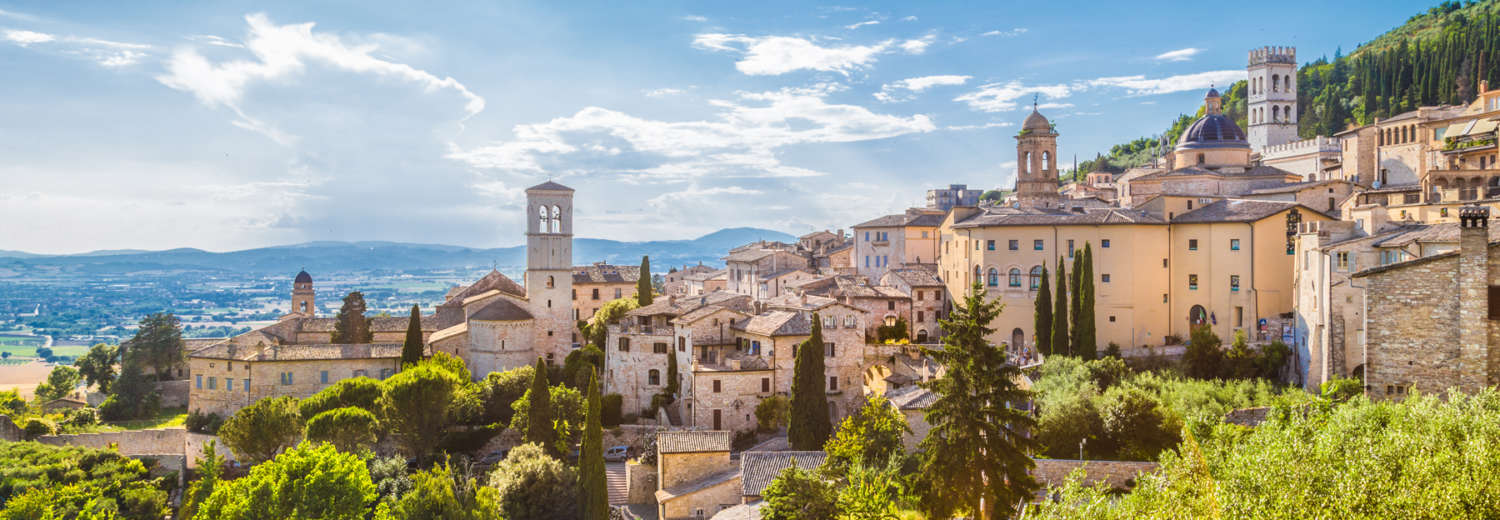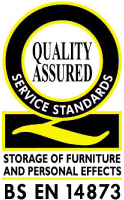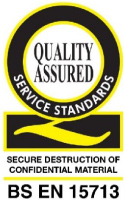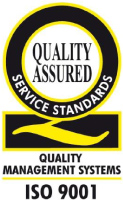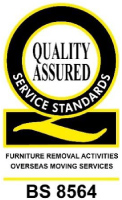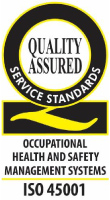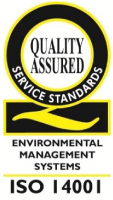Education in Italy
Sending your child to school in Italy
Under Italian law, Italian schools have to accept all children under the age of 18 as long as the parent/guardian has a valid Residence Permit (Permesso di Soggiorno). Initial enquiries can be made at the Town Hall (commune), or else registration can be done at the school office (anagrafe scuole stali). The Italian school year is similar to UK and usually runs from mid-September to the end of June. School hours can vary from region to region and can be five or six, full or half days.
Nursery school (Scuola materna)
Although it’s not compulsory, most parents of 3 to 5 year olds opt to place their children into pre-school education, and although every child is entitled to a place, there may be a waiting list.
Education in 3-parts
State schooling in Italy is compulsory from age 6 until 16, and is divided into 3-parts, i.e:
• Primary school (scuole elementare)
• Upper secondary school (scuola superiore)
Italy also has an inclusive education policy with disabled children being educated in mainstream schools. The Ministry of Education (Ministero dell’Istruzione, dell’Università e della Ricerca) or MIUR for short is responsible for administration of state schools in Italy, see http://www.istruzione.it (in Italian). Home schooling is also legal in Italy, although not many people do it due to the bureaucracy involved. Private education is also possible, but results can be lower than those achievable in the state sector.
At the age of 6 children enter primary school (scuole elementare), for 5 years, before moving onto the Lower Secondary school (scuola media), where they study subjects under a national curriculum, until they are 14 years old.
Upper Secondary School (scuola superiore) requires from 3 to 5 years of study, which starts with an obligatory 2 years (biennio) of general studies followed by an optional 3 years (triennio) of specialised education, depending on whether they are looking at going to university, or if a vocational qualification is more appropriate.
To cater for these differences, there are two categories of upper secondary school: the liceo (like a British grammar school), which is more academic in nature, or a vocational school (istituto). Most larger towns will have a number of Liceo, specialising in such subjects as music, dance, languages, computing, business etc.
University is available to all students if they have completed 5 years of secondary school and received an upper secondary school diploma (diploma di maturità). It is possible for students who have attended vocational schools to attend university as long as they have completed a 4-year secondary school program, as well as an additional year of schooling to qualify for university entry.

